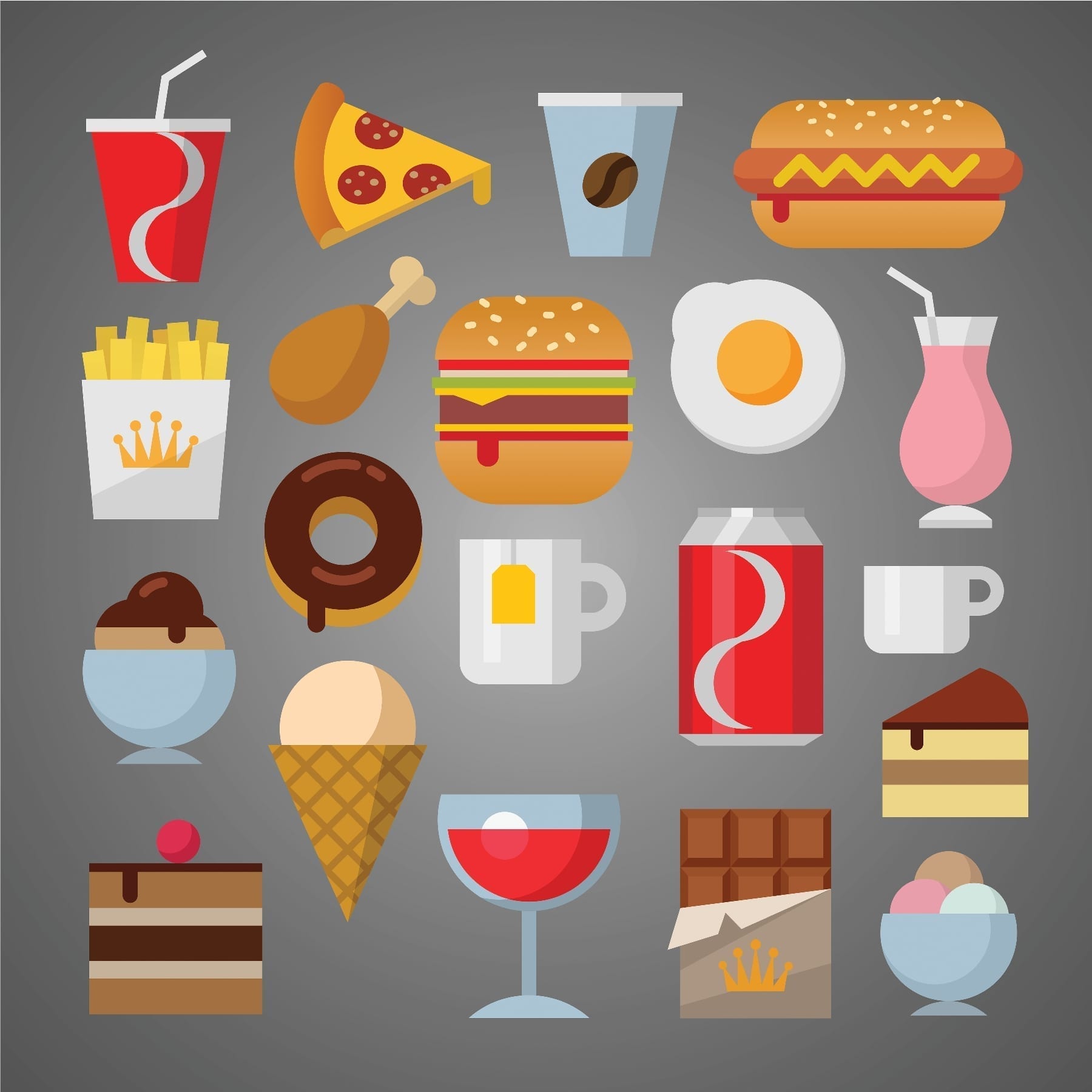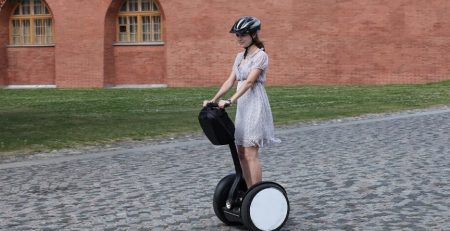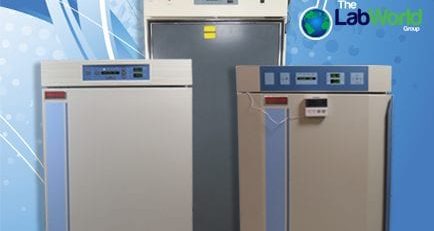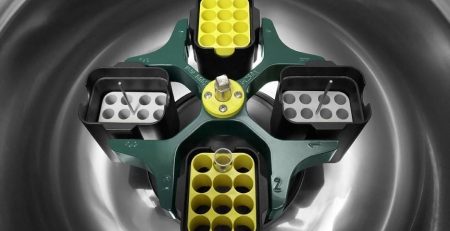One Step Closer to Star Trek’s Replicator
In the science fiction series Star Trek, the Next Generation, food for the crew was dispensed through a food replicator. A device derived from a transporter, that would beam in material and reconstitute it in another form. This narrative device would solve the question of feeding an research vessel’s crew a variety of food from a transmutable food source like say algae. Seems farfetched, or at the very least a long way off, right?
Well, with the advent of 3D printing and its seemingly limitless potential, maybe we’re getting closer than previously thought.
A professor and his students at Columbia University have invented a 3D food printer capable of producing edible objects. Mechanical Engineering Professor Hod Lipson has spent the last year with his students constructing an appliance that uses computer guided software to actually cook and dispense edible pastes, gels, powders and liquid ingredients.
“Food printers are not meant to replace conventional cooking — they won’t solve all of our nutritional needs, nor cook everything we should eat,” says Lipson, a member of Columbia’s Data Science Institute. “But they will produce an infinite variety of customized fresh, nutritional foods on demand, transforming digital recipes and basic ingredients supplied in frozen cartridges into healthy dishes that can supplement our daily intake. I think this is the missing link that will bring the benefits of personalized data-driven health to our kitchen tables — it’s the ‘killer app’ of 3D printing.”
Lipson and his team, that includes Drim Stokhuijzen, an industrial design graduate student visiting from Delft University of Technology in the Netherlands, and Jerson Mezquita, an undergraduate student visiting from SUNY Maritime, are even collaborating with the International Culinary Center in New York City to inject culinary creativity, new textures, and combinations.
You can read more about the innovation here.














